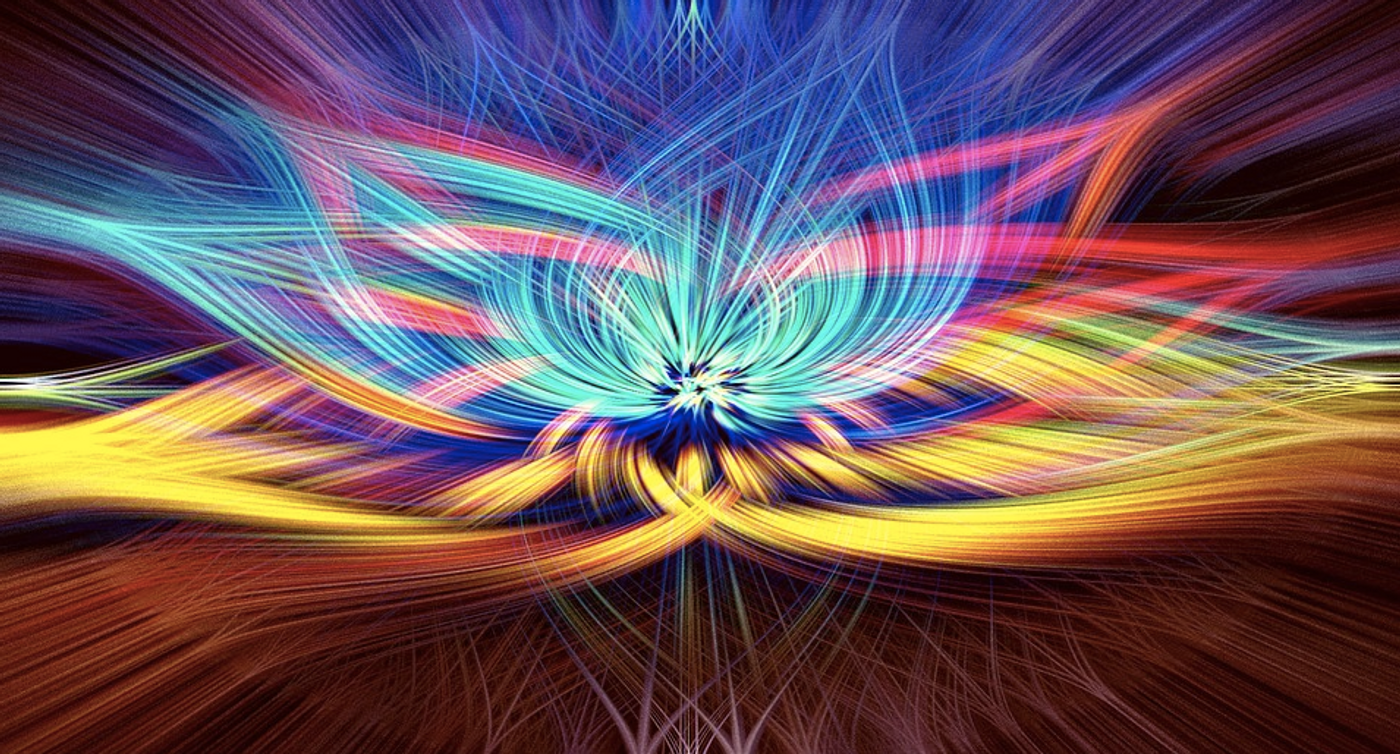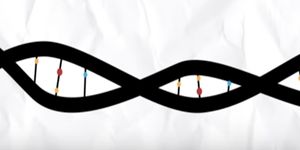Revealing the Structure of Hallucinogens Bound to Their Receptor
Recent studies have demonstrated that hallucinogenic drugs like LSD, psilocybin, and mescaline have therapeutic potential. Studies have shown that they can improve the symptoms of depression and anxiety, for example. But patients with those problems would obviously have to tolerate the significant effects of the drugs if they were to become an option for treatment. Their potential for abuse has also made them difficult to study. Researchers are working towards understanding how these drugs work on a molecule level. It may be possible to create beneficial drugs that can work therapeutically without hallucinations, or alter them so new medications can be created.
Reporting in Cell, scientists have revealed the structure of the 5-HT2A serotonin receptor (HTR2A), a cell-surface receptor known to bind hallucinogens, while it's bound to LSD, psilocybin, and mescaline.
"Millions of people have taken these drugs recreationally, and now they are emerging as therapeutic agents," said co-senior study author Bryan L. Roth, M.D., Ph.D., the Michael Hooker Distinguished Professor of Pharmacology at the University of North Carolina School of Medicine. "Gaining this first glimpse of how they act at the molecular level is really important, a key to understanding how they work. Given the remarkable efficacy of psilocybin for depression (in Phase II trials), we are confident our findings will accelerate the discovery of fast-acting antidepressants and potentially new drugs to treat other conditions, such as severe anxiety and substance use disorder."
There are high levels of HTR2A in the cerebral cortex, and researchers have suggested that it's crucial to the effects of hallucinogens.
"When activated, the receptors cause neurons to fire in an asynchronous and disorganized fashion, putting noise into the brain's system," said Roth. "We think this is the reason these drugs cause a psychedelic experience. But it isn't at all clear how these drugs exert their therapeutic actions."
Roth's lab worked with the lab of Stanford University School of Medicine structural biologist Georgios Skiniotis, Ph.D. "A combination of several different advances allowed us to do this research," Skiniotis said. "One of these is better, more homogeneous preparations of the receptor proteins. Another is the evolution of cryo-electron microscopy technology, which allows us to view very large complexes without having to crystalize them."
Study co-first author and Skiniotis lab postdoctoral researcher Kuglae Kim, Ph.D., played an integral part in the work.
"Kuglae was amazing," Roth said. "I'm not exaggerating when I say what he accomplished is among the most difficult things to do. Over three years in a deliberate, iterative, creative process, he was able to modify the serotonin protein slightly so that we could get sufficient quantities of a stable protein to study."
This enabled the team to generate the X-ray crystallography structure of LSD bound to HTR2A for the first time. The researchers used cryo-EM to create images of a candidate hallucinogen called 25-CN-NBOH, bound to the receptor and a complex including the effector protein Gαq. This complex is involved in neurotransmitter release.
"The more we understand about how these drugs bind to the receptors, the better we'll understand their signaling properties," Skiniotis said. "This work doesn't give us the whole picture yet, but it's a fairly large piece of the puzzle."
Sources: AAAS/Eurekalert! via University of North Carolina Health Care, Cell










